FOR IMMEDIATE RELEASE
“A must-read for anyone who wants to stay fit and age with grace” — Readers’ Favorite (5-star review)
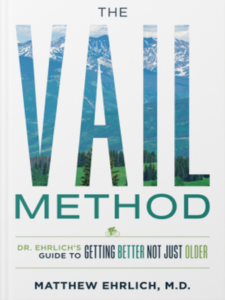
VAIL, Colorado – What if getting older didn’t have to mean experiencing joint pain, insomnia, or frequently feeling tired and worn out? For Dr. Matthew Ehrlich, it doesn’t. His guidebook offers a compilation of the best health advice from the most trusted sources, drawing from his training in anti-aging medicine and his work in the exercise physiology lab. Aging doesn’t have to mean losing the strength, mobility, energy and vitality of your younger mind and body.
“The Vail Method: Getting Better Not Just Older” (Advantage Press, January 2020) is Dr. Matthew Ehrlich’s comprehensive lifestyle guide for readers of all ages to begin working towards healthier aging. Dr. Ehrlich covers the latest science behind improving a person’s fitness. Utilizing a technique called “lactate threshold testing” – often used in training professional athletes such as Tour de France bikers – Dr. Ehrlich demonstrates how these tests can also help weekend warriors improve their cardio fitness and performance. In addition, Dr. Ehrlich filters through the disinformation of “fad diets” and reviews the many health benefits of a plant-based diet, providing readers with studied evidence and easy recipes he has used to thrive in a meat-eating household. He also covers mindfulness, hormone replacement therapy, the importance of rest and recovery for athletes, and the sleep disorders many experience as they age.
“The Vail Method” is for anyone committed to making a better life for their future self. As Dr. Ehrlich says, “there’s only so much time in one day. The tips in this book will have to take priority over something else in your life, but the preventative care will be worth it as you age.”

MATTHEW EHRLICH, M.D. is a lifelong distance runner and cyclist who is passionate about maintaining wellness through nutrition and exercise, and helping others to do so. He is fellowship trained in anti-aging medicine from the Cenegenics Medical Institute and is a member of the American College of Sports Medicine. In the last five years he has studied with the exercise physiologists, sports nutritionists, and trainers at the Human Performance Lab at the UC Boulder Sports Medicine facility. His greatest education, however, has come from 25 years in caring for patients and learning what problems detract from aging well. Ehrlich’s first book on LASIK, “How to See Like a Hawk When You’re Blind as a Bat” was a national success. To learn more about Dr. Ehrlich and his work visit https://www.vailmethod.com/.
“The Vail Method: Getting Better Not Just Older”
Dr. Matthew Ehrlich | January 14, 2020 | Advantage Press
Paperback | 978-1-949639-50-6 | Price: $14.99
Hardcover | 978-1-949639-98-8 | Price: $24.99
Nonfiction / Health
In an interview, MATTHEW EHRLICH can discuss:
- What “The Vail Method” really is
- How he maintains a plant-based diet in a meat-loving family
- The differences between diets (plant-based, vegan, vegetarian)
- How to get protein when following a plant-based diet
- Tips for improvement in cardio and endurance exercises
- How mindfulness contributes to rest, health, and imagination
- Misinformation in the wellness/diet world, and what various scientific studies have shown us about diet and exercise choices
An Interview with DR. MATTHEW EHRLICH
What is “The Vail Method”?
The Vail Method is a comprehensive lifestyle guide to aging well, including fitness, nutrition, and mindfulness. It pays tribute to the recreational paradise that I live in, and the fit and healthy people that choose to reside here. We have a spectrum from young Olympic athletes to 80 year old couples that hike up mountains in Vail.
Many health guides focus on gentler exercises such as walking briskly. Why does your book focus on cutting edge aerobic fitness when it comes to exercising?
Walking is a safe starting point for any aerobic fitness and weight loss program, and for some, this remains their main physical activity. Our program is scientifically based and proven to improve and maximize fitness (and mitochondrial function) by targeting specific heart rates during exercise, and provides a written prescription for how much time at each zone. We are trying to take our patients and athletes to a higher level of fitness than is generally obtained with walking alone. We can easily have a patient walk on a treadmill in the lab and see where they are currently at and where we would like to see improvement. Improving mitochondrial function is important to consider because mitochondria clear the lactate that builds in our blood during exercise allowing us to continue our workout, but also function in better carbohydrate metabolism and therefore, can reduce one’s risk of diabetes.
What are your tips for someone wanting to try a plant-based diet, despite being in a meat-eating family, or living with a meat-eating partner?
In this case, you are likely to meet some resistance, especially if you are not the person preparing the meals. This is my situation, as well. Breakfast and lunch are easier for you to control. Dinner is more challenging. As a short answer, try to find an item on your dinner menu that has common ground. Perhaps it’s a bowl of soup. Boil some sprouted lentils on the stove for 3 minutes and add them to your bowl of soup. That can function as your plant-based protein source. Use a steamer pot to prepare a medley of green veggies each night that you can eat as a side dish. These are quick and easy, no-fuss ways to find common ground with a meat-eating partner or family member.
Additionally, each weekend I cook garbanzo and black beans to store for the week. For dinner, you can prepare so many easy and creative dishes with them. It might be as simple as beans and freshly cooked brown rice or quinoa, with your veggies. Or another great go-to is tacos with black beans and salsa or guacamole, possibly with tofu sauteed in your favorite sauce.
For someone wanting to undergo a complete lifestyle change, where would you recommend they begin?
For a start, read the book. There is usually a driving factor behind the desired change(s). It might be as simple as body weight, and an inability to lose it. It might lack of energy or poor sleep, anxiety, or depression. It might be elevated blood cholesterol and a desire to avoid taking a statin drug, or the desire to live long and remain strong enough to watch your children and grandchildren grow up. Or maybe you want to improve your marathon time or your performance in you sport of choice. Take that medal home this year!
As a medical doctor, I begin with a medical assessment. How is your health? What is your weight, blood pressure, blood tests? How are you sleeping? Does your mind race in bed? How is your energy? What’s going on in your life? We need a diet log to see what you’re eating. Comprehensive blood work is done to evaluate your blood lipids, cholesterol, aging markers, and hormones. What is your percent body fat? (This is used to determine your ideal body weight). What exercise and strength training are you currently doing, if any? Then we recommend completing a treadmill stress test, measuring your blood lactate level with increasing running speed on the treadmill (or energy on the exercise bike) at each 5 minute interval. Then, we put all of this data together for you to comprehensively understand where your “starting point” is.
How is “The Vail Method” accessible for any and all readers?
This is my goal for 2020. To increase the accessibility of The Vail Method. We plan to offer a “boot camp” this summer, where we can open the program to more people, getting you evaluated for current fitness performance and areas of improvement. We want to send you home with a personalized program to follow and set you off to a strong start in improving your life and health. I hope to be traveling and speaking for both the public and health professionals soon. We might also explore creating a podcast! Please check our website www.vailmethod.com and our Facebook and Instagram (@drmattehrlich) for more information.

A former award-winning journalist with national exposure, Marissa now oversees the day-to-day operation of the Books Forward author branding and book marketing firm, along with our indie publishing support sister company Books Fluent.
Born and bred in Louisiana, currently living in New Orleans, she has lived and developed a strong base for our company and authors in Chicago and Nashville. Her journalism work has appeared in USA Today, National Geographic and other major publications. She is now interviewed by media on best practices for book marketing.
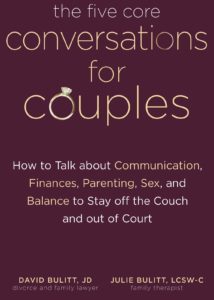 Olney, MD – Many of us have heard about the five love languages, but is there a realistic alternative for the messy and serious conversations that arise in every relationship? Enter David and Julie Bulitt.
Olney, MD – Many of us have heard about the five love languages, but is there a realistic alternative for the messy and serious conversations that arise in every relationship? Enter David and Julie Bulitt.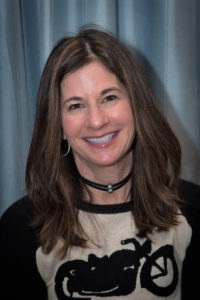
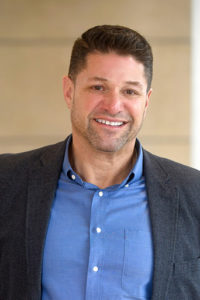

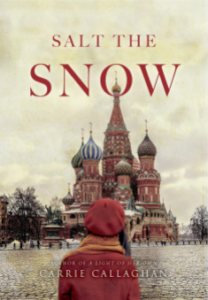
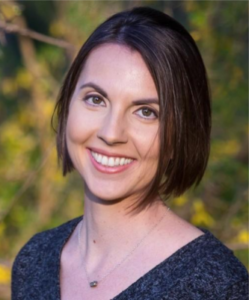 CARRIE CALLAGHAN is a historical fiction author living in Maryland with her spouse, two young children, and two ridiculous cats. She is the author of A Light of Her Own (Amberjack, 2018), a portrait of the recently rediscovered Dutch artist Judith Leyster. Her short fiction has appeared in Weave Magazine, The MacGuffin, Silk Road, Floodwall, and elsewhere. Carrie is also an editor and contributor with the Washington Independent Review of Books.
CARRIE CALLAGHAN is a historical fiction author living in Maryland with her spouse, two young children, and two ridiculous cats. She is the author of A Light of Her Own (Amberjack, 2018), a portrait of the recently rediscovered Dutch artist Judith Leyster. Her short fiction has appeared in Weave Magazine, The MacGuffin, Silk Road, Floodwall, and elsewhere. Carrie is also an editor and contributor with the Washington Independent Review of Books.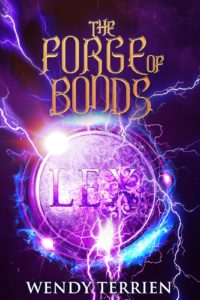
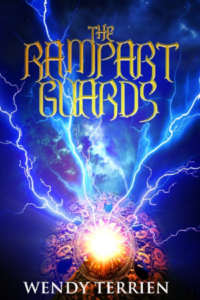
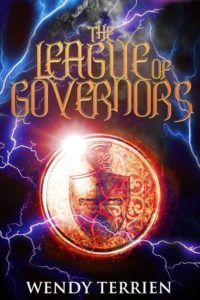

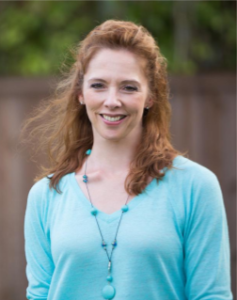
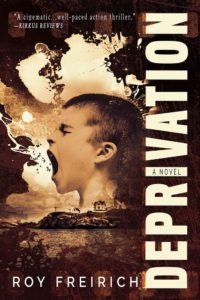
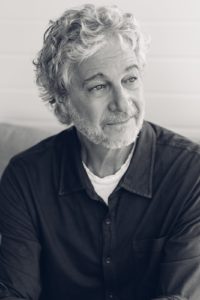 ROY FREIRICH leads multiple lives as a writer — of lyrics, movies, and novels. His lyrics have been sung by legends Aretha Franklin, Smokey Robinson, and Patti Labelle, among many others. He’s written screenplays for Fox Searchlight, Dreamworks, Warner Brothers, and Sony, and adapted his novel, “Winged Creatures,” for the film, “Fragments,” featuring Forest Whitaker, Dakota Fanning, Guy Pearce, Josh Hutcherson, and Kate Beckinsale. He has also served as editor for the national desk of The New York Times and for the renowned Beloit Poetry Journal. He lives with his wife, ever-patient editor, and frequent co-writer, Debrah, in Malibu, California. Together, they’ve written the libretto for a musical adaptation of Anne Rice’s “Cry to Heaven,” for Seattle’s 5th Avenue Theatre. Visit him online at
ROY FREIRICH leads multiple lives as a writer — of lyrics, movies, and novels. His lyrics have been sung by legends Aretha Franklin, Smokey Robinson, and Patti Labelle, among many others. He’s written screenplays for Fox Searchlight, Dreamworks, Warner Brothers, and Sony, and adapted his novel, “Winged Creatures,” for the film, “Fragments,” featuring Forest Whitaker, Dakota Fanning, Guy Pearce, Josh Hutcherson, and Kate Beckinsale. He has also served as editor for the national desk of The New York Times and for the renowned Beloit Poetry Journal. He lives with his wife, ever-patient editor, and frequent co-writer, Debrah, in Malibu, California. Together, they’ve written the libretto for a musical adaptation of Anne Rice’s “Cry to Heaven,” for Seattle’s 5th Avenue Theatre. Visit him online at 
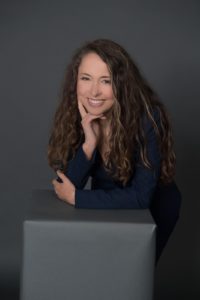 JUDITH HORNOK is the decoder and founder of Hornok & Partner, an internationally recognized innovations company for business success. Hornok has worked as a journalist for publications throughout Europe and the Middle East, writing about people and business, as well as producing TV documentaries such as, “The Makers Behind the Stars – The Man Behind Michael Schumacher.” She is the author of the book “Modern Arab Women”, in which she decoded “the quiet reformers.” The book is featured in the Library of Congress in Washington, D.C. While writing her second book, “The Arab Business Code,” she created the figures of The Emotional Hinderers.
JUDITH HORNOK is the decoder and founder of Hornok & Partner, an internationally recognized innovations company for business success. Hornok has worked as a journalist for publications throughout Europe and the Middle East, writing about people and business, as well as producing TV documentaries such as, “The Makers Behind the Stars – The Man Behind Michael Schumacher.” She is the author of the book “Modern Arab Women”, in which she decoded “the quiet reformers.” The book is featured in the Library of Congress in Washington, D.C. While writing her second book, “The Arab Business Code,” she created the figures of The Emotional Hinderers.






